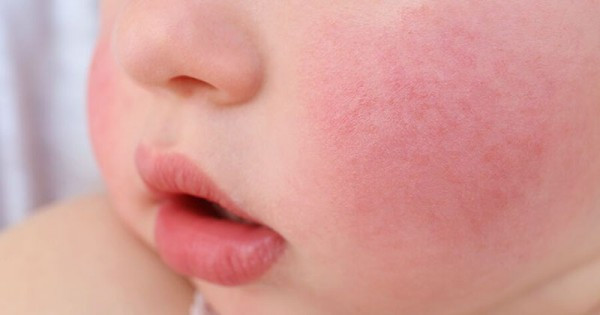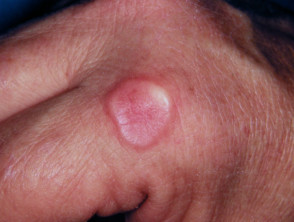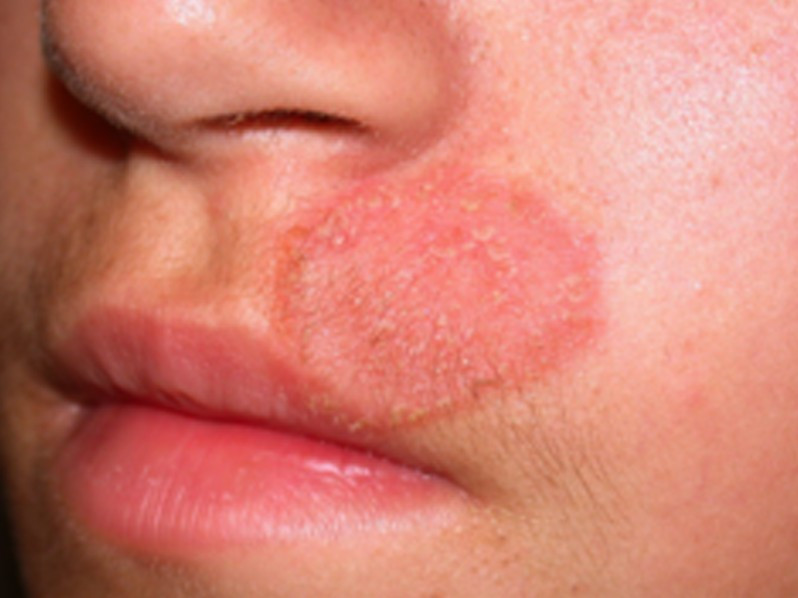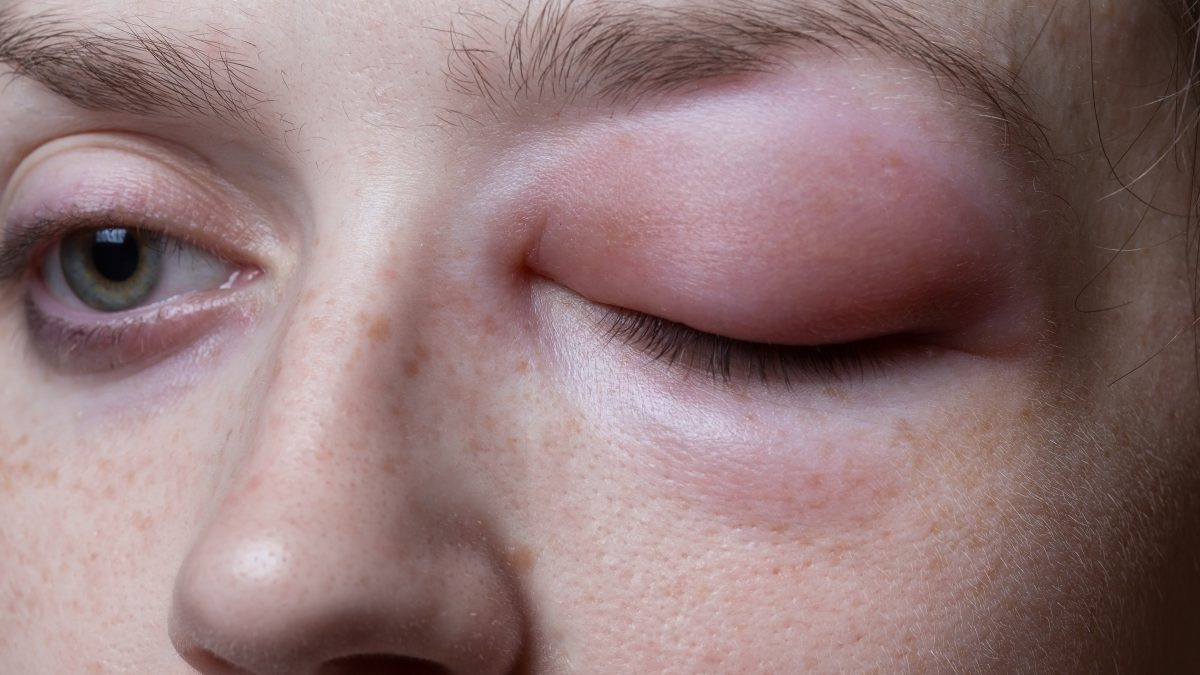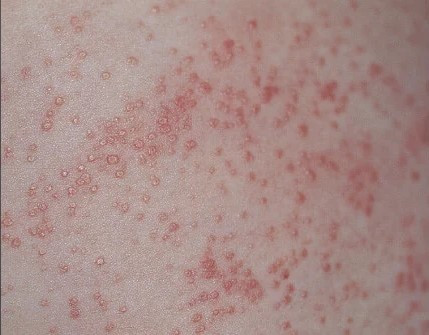Definition
Erythema infectiosum, also known as the fifth disease, is characterized by red rashes and is caused by Parvovirus B19. Predominantly affecting children aged 5 to 15 years, this disease is more common during warm seasons such as summer, spring, and the dry season. It is one of the six prevalent viral exanthems in children. While adults can also contract erythema infectiosum, its incidence in adults is lower compared to children. Transmission primarily occurs through respiratory droplets while breathing, but it can also spread via the bloodstream.
The primary treatment for erythema infectiosum focuses on alleviating the symptoms. However, in pregnant women, potential complications such as aplastic crisis or hydrops fetalis in the fetus necessitate careful monitoring.
Causes
Erythema infectiosum is caused by Parvovirus B19, which targets the progenitor cells of red blood cells. The virus spreads through respiratory droplets and is commonly transmitted among school-age children. Additionally, it can be transmitted from mother to fetus via the placenta and through blood transfusions or infected blood products. In regions with four seasons, the disease is more prevalent in late winter, spring, and early summer.
Risk factor
Risk factors for erythema infectiosum include 6-10 years old children, immunodeficiency disorders, and close contact with infected individuals. The risk of incidence also increases during late winter to early summer, in daycare settings, and living in crowded environments.
Symptoms
Symptoms of erythema infectiosum initially resemble flu-like symptoms, including headache, fatigue, mild fever, sore throat, nausea, cold, and nasal congestion. These symptoms typically appear 4-14 days after virus exposure. A few days later, unique red rashes often will develop, appearing on both cheeks, as the first recognizable symptom.
The rash can spread to the hands, feet, and body, appearing and disappearing in certain body areas over a period of several weeks. Children are more prone to developing rashes compared to adults.
In adults, the predominant symptom is joint pain, often affecting the wrists, knees, and ankles, and can last for several weeks. Joint swelling may also occur, and mild red patches might be present but are not always observed. Some adults with erythema infectiosum may exhibit no specific symptoms. Symptom resolution can occur within 1-2 weeks, but in some cases, symptoms may persist for several months.
Diagnosis
Erythema infectiosum is diagnosed clinically. It means, a doctor will establish the diagnosis from patient medical history and physical examination, particularly noting the presence of characteristic red rashes and mild fever. The rashes, often described as resembling "slapped cheeks," typically appear on both sides of the face. Generally, laboratory tests are not required in the diagnosis process. The medical interview will focus on the symptoms' onset and duration.
Management
For individuals with a healthy immune system, specific treatment for erythema infectiosum is generally unnecessary. Home treatments include using analgesics and fever relievers, such as paracetamol, to alleviate fever, joint pain, or headaches. The immune system typically removes the virus within 1-3 weeks. Supporting treatments include staying hydrated and getting adequate rest. Children can return to school once the rashes begin to fade, as this means that they are no longer contagious.
In rare, severe, and life-threatening cases, antibody injections might be administered in a hospital with appropriate facilities.
Complications
Complications from erythema infectiosum are uncommon. Most children and adults experience mild symptoms and recover without long-term complications. However, individuals with compromised immune systems, such as those with HIV, undergoing chemotherapy, or other conditions, require additional monitoring and treatment by doctors.
This disease can inhibit the production of red blood cells, leading to a reduction in the oxygen supply compared to the tissues’ needs. Consequently, if you have anemia, it is essential to consult a doctor.
In pregnant women, the virus can cause the fetus to develop severe anemia (hemolytic anemia), potentially leading to hydrops fetalis. Other possible complications include miscarriage or fetal death, with a risk of fetal death estimated at 5% following infection, particularly during the second trimester.
Prevention
Erythema infectiosum spreads through respiratory droplets secretions. There are some steps to help prevent this condition. Preventive measures include:
- Avoiding or minimizing contact with individuals who are sneezing, coughing, or blowing their nose.
- Regular hand washing to reduce the risk of infection.
When to see a doctor?
Consult a pediatrician or dermatologist if your child exhibits symptoms of erythema infectiosum. Pregnant women suspected of getting exposed to the virus or developing rashes should seek medical advice promptly. The doctor will conduct a thorough medical interview, physical examination, and any necessary diagnostic tests to confirm the diagnosis and recommend appropriate treatment.
Looking for more information about other diseases? Click here!
- dr Anita Larasati Priyono
Medline Plus. Fifth disease. August 2019. https://medlineplus.gov/ency/article/000977.htm
Kostolansky S, Waymack JR. Erythema Infectiosum. [Updated 2021 Aug 9]. In: StatPearls [Internet]. Treasure Island (FL): StatPearls Publishing; 2022 Jan-. Available from: https://www.ncbi.nlm.nih.gov/books/NBK513309/
Healthline. Fifth disease. August 2019. https://www.healthline.com/health/fifth-disease

